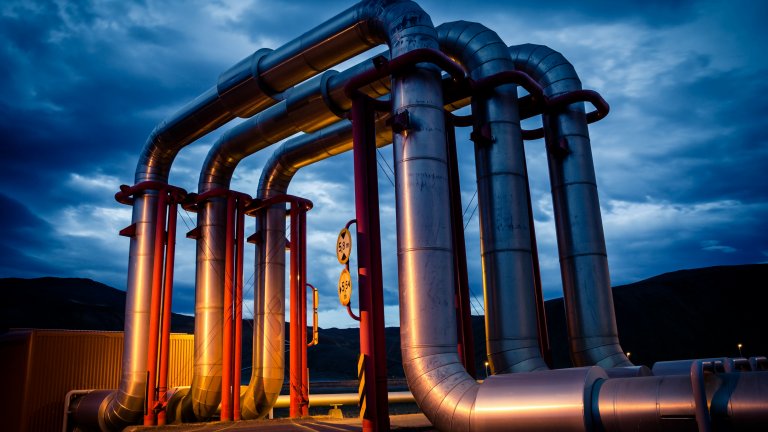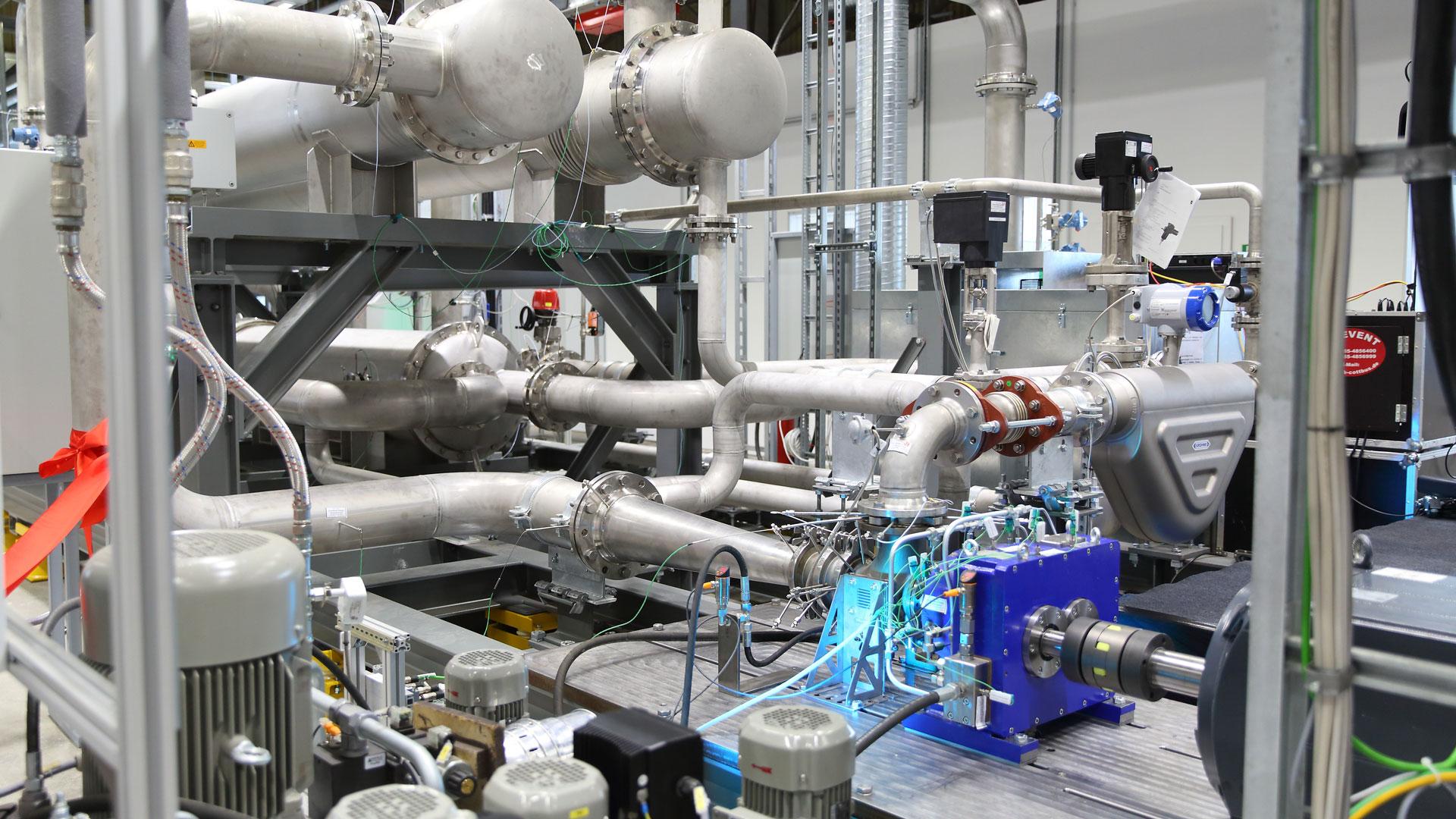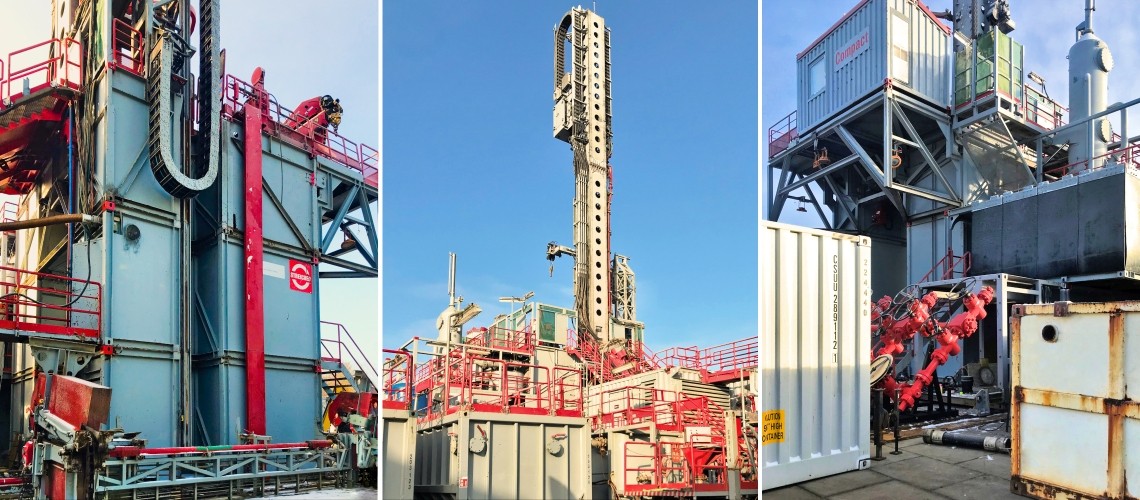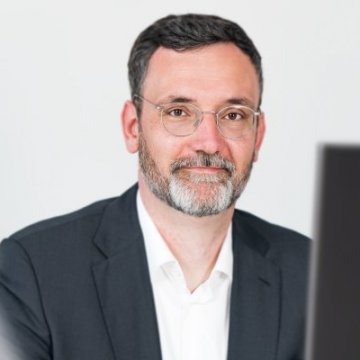
Heat transition
Here we present a compact overview of the players and projects in the capital region that are driving the heat transition forward, the institutions you can turn to, and the studies available on this topic.
The term heat transition refers to the transformation of the currently fossil-dominated heat supply for buildings and industry to a climate-neutral, preferably CO2-free heat supply. There is great urgency here, because the heating sector is currently responsible for more than 50% of Germany's total final energy consumption and about 30% of Germany's CO2 emissions. Currently, a large part of the heat energy is generated by using fossil fuels such as natural gas and oil. There are various technical approaches for the transformation of the heating sector. Many of the solutions have been tried and tested for a long time and now need to be applied on a large scale, such as the use of geothermal energy, solar thermal energy, waste heat and heat pumps. Others are still being optimized and further developed, e.g. thermal storage, large-scale heat pumps for industrial processes or the replacement of natural gas with hydrogen.
Stakeholders and initiatives
The stakeholders and initiatives listed here are pioneers in the capital region in researching, testing and developing innovative technologies and providers of technical solutions for the heat transition.


What is being tested?
Currently, the Cottbus-based DLR Institute for Low CO2 Industrial Processes is testing the prototype of a special high-temperature heat pump. The "CoBra" pilot plant can provide heating and cooling for industrial processes on a demonstration scale. The name CoBra is derived from Cottbus, the plant's location, and the thermodynamic Brayton process, which plays a central role in its operation. Dried air is used as the heat transfer medium. This makes it possible to achieve unprecedented values for the temperature lift and heat sink temperature of 300 degrees Celsius with a heat output of around 250 kilowatts.
In various Brandenburg municipalities and in Berlin, the use of geothermal energy for heat supply is being driven forward: In spring 2023, the Neuruppin municipal utility received €10 million in federal funding for a geothermal project that aims to use geothermal energy from a depth of up to 1,800 meters for municipal heat supply. In Potsdam, two boreholes were drilled to a depth of 2,000 meters over several months in a new-build area in the city. The work was completed in June 2023 and the first tests showed that the geothermal potential there is twice as large as hoped. Over 4 MW of thermal power will then not only be available for the new residential quarter being built, but Potsdam municipal utility will also be able to feed it into the district heating network. Further boreholes are to follow. In Groß Schönebeck, part of the municipality of Schorfheide, another demonstration project is to be implemented: the municipality is working there with the GeoForschungsZentrum (GFZ) in Potsdam to develop geothermal energy for the district heating network. In addition, a new, innovative pipeline system is being tested there that is significantly more cost-effective and structurally more flexible than existing district heating pipelines. In Berlin-Adlershof, on the other hand, the energy provider BTB intends to generate climate-friendly district heating in the future through a seasonal deep storage facility in a project that is unique in Germany to date. Exploratory drilling by the GFZ had located the deep saline aquifers required for this on the Adlershof site.

Using waste heat and feeding it into the heating network is another way to reduce the fossil share of heat generation. Brandenburg an der Havel municipal utility wants to replace its gas-fired combined heat and power plant and two CHP units by transporting waste heat from a waste recycling plant in Premnitz to Brandenburg a. d. H. via a 20 km pipeline. The waste heat can be used to supply more than 12,000 households with heat and hot water. The project is being funded by the state, and the pipeline route is currently being laid. In Finsterwalde, in turn, the waste heat from an electrolysis plant operated by East Energy is to be fed into the city's district heating network. Up to 35,000 MWh of process heat can be used in this way.
What does already exist?
The heat cadastre, officially presented by the Brandenburg Ministry of Economic Affairs, Labor and Energy in August 2023, is a tool that for the first time offers a comprehensive analysis of the existing and potential heat sector in Brandenburg and contains information on buildings such as heat demand, building type, location, age, energy source used and grid connection situation, on gas and district heating networks and on potential renewable heat sources for the whole of Brandenburg. It provides a foundation for municipal heat planning in the state.
In Nechlin, Brandenburg, ENERTRAG commissioned the world's first wind heat storage facility in 2021 and found the ideal form of use for "balancing power." On particularly windy days, the neighboring wind field supplies the renewable electricity that cannot be fed into the power grid via a direct line to the wind heat storage facility. In this power-to-heat plant, heating rods heat around one million liters of water to up to 93 degrees Celsius, just like in an instantaneous water heater, which is then released into the local district heating network as needed. In this way, the annual heating requirements of 35 houses amounting to 700 MWh can be covered with only one percent of the electricity generated from the wind field.
In a residential neighborhood in Berlin-Tegel, the high-temperature steel storage system from the start-up LUMENION with around 2.5 megawatt hours is being tested in commercial use and transferred to regular operation. To this end, the storage unit will be integrated with an existing gas-fired combined heat and power (CHP) plant operated by Vattenfall Energy Solutions GmbH in the neighborhood power and local heating supply of the Gewobag residential quarter. The storage unit will temporarily absorb power peaks that are not required and later feed them into the heat supply as needed. Thanks to its robustness and density, it can store very high temperatures and achieve a high temperature gradient. As a result, the overall efficiency for heat is up to 95%. LUMENION's steel storage tanks can not only be used in residential neighborhoods, but can also store and release heat for industrial processes. This process is currently being tested in the food industry in Heide, Schleswig-Holstein.
Studies and publications
Here you will find a compilation of publications dealing with the topic of heat transition at the state and federal level (in German):
- Energy strategy 2040 for the state of Brandenburg (publication: August 2022)
- Development of a heating strategy for the state of Berlin (publication: September 2021)
- Roadmap Deep Geothermal Energy for Germany (Publication: February 2022)
- Bottom-Up Study on the Decarbonization of the Heating Market (Publication: November 2022)
Contact
Funding and financing
Increasingly, the EU, the federal government and the federal states are providing funding to facilitate and stimulate investment. Current calls for proposals can always be found under News on the cluster homepage and under FoerderNews-BB. Long-term programs and general tips can be found on the Funding & Financing subpage.
